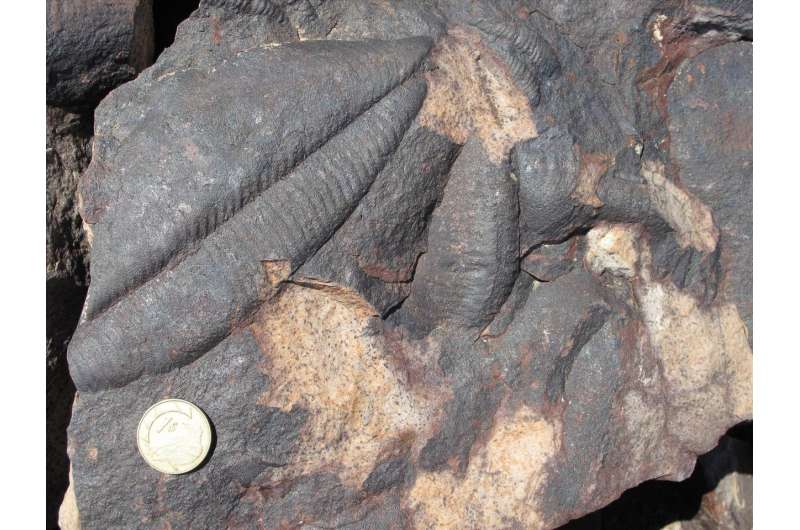Uranium-lead dating shows that the Cambrian explosion is younger than previously thought

Using uranium-lead dating, Senckenberg scientists, in cooperation with an international team, were able to date the onset of the "Cambrian explosion" to precisely 538.8 million years ago. During the "Cambrian explosion," all currently known "blueprints" in the animal kingdom appeared within a few million years, while at the same time the so-called "Ediacara biota" – a group of unique, specialized life forms – became extinct. The study was recently published in the scientific journal Terra Nova.
The ancestors of today's snails, insects, worms, bivalves, crustaceans, sea stars, vertebrates, and ultimately even humans – they all began with the "Cambrian explosion," which served as the starting point of modern life on earth.
"We have now been able to pinpoint an exact window of time for the start of this event," explains Prof. Dr. Ulf Linnemann, director of the Senckenberg Natural History Collections in Dresden, along with Dr. Maria Ovtcharova and Prof. Dr. Urs Schaltegger of the Geochronology Group at the University of Geneva. "The uranium-lead dating we conducted indicates that life's diversity on our planet began to develop precisely 538.8 million years ago."
The international research team dated suitable minerals from several volcanic ash layers in Southern Namibia by means of the uranium-lead method. This uses the radioactive decay chain of uranium in the mineral zircon to determine the exact time of the rock's origin. "We took the samples at the boundary between the Precambrian and Cambrian – the two geological eras can easily be distinguished by their respective fossils," explains Linnemann. "Our highly precise dating shows that the "Cambrian explosion" occurred approximately 2 million years later than we had previously assumed."
Moreover, the scientists' data series reveal that the development of the fauna took place within a very short period. The transition from the "Ediacara biota" – multi-celled but very simply organisms – to the diverse Cambrian life forms occurred over less than 410,000 years. "From a geological point of view, this represents a veritable sprint," according to the research team. Based on the current study, this rapid faunal change may be best explained as a kind of "biological arms race": New fundamental traits accelerated the subsequent evolution and fueled the next "adaptive breakthrough." "For example, if an organisms became increasingly mobile and fed on prey, previously even less mobile animals had to come up with new ways to protect themselves – which may have led to the rapid development of shells or skeletons. One achievement thus engendered the next – and, by necessity, within a shortened period of time," says Linnemann in summary.
More information: Ulf Linnemann et al. New high-resolution age data from the Ediacaran-Cambrian boundary indicate rapid, ecologically driven onset of the Cambrian explosion, Terra Nova (2018). DOI: 10.1111/ter.12368




















